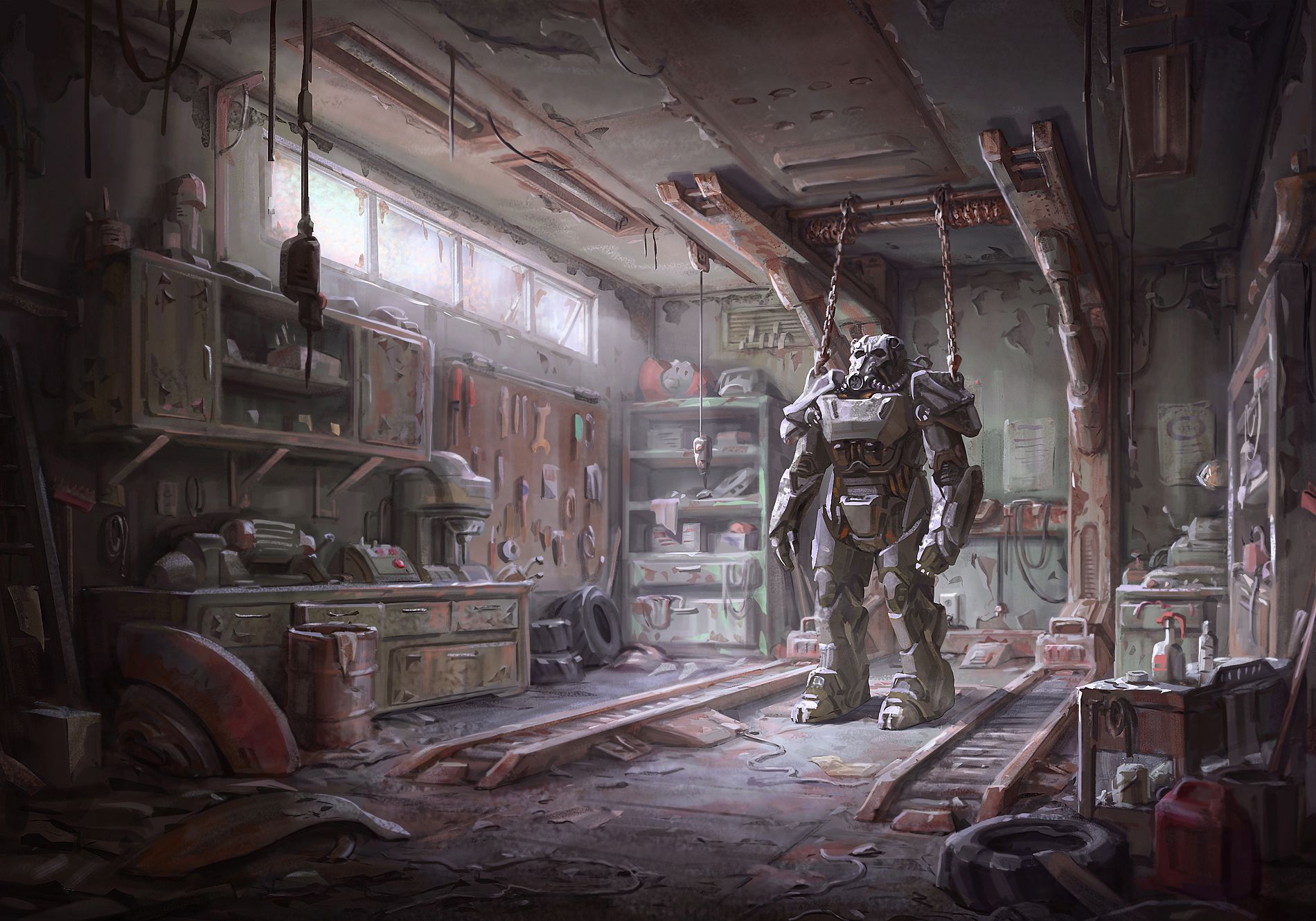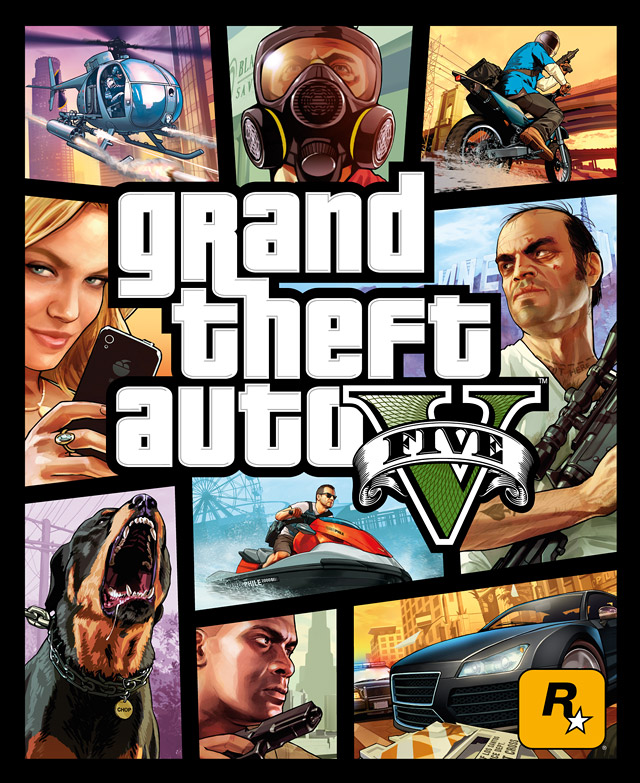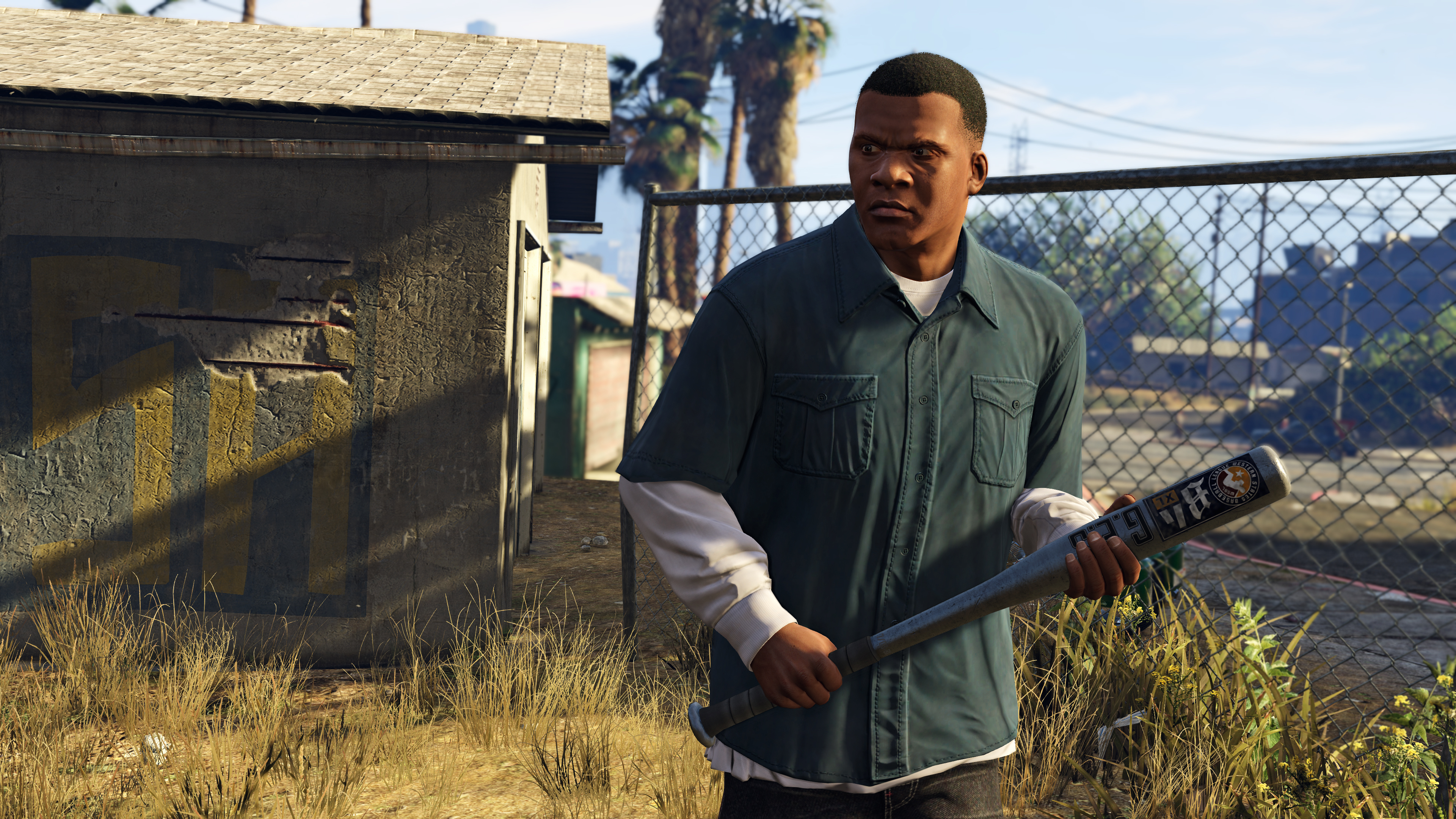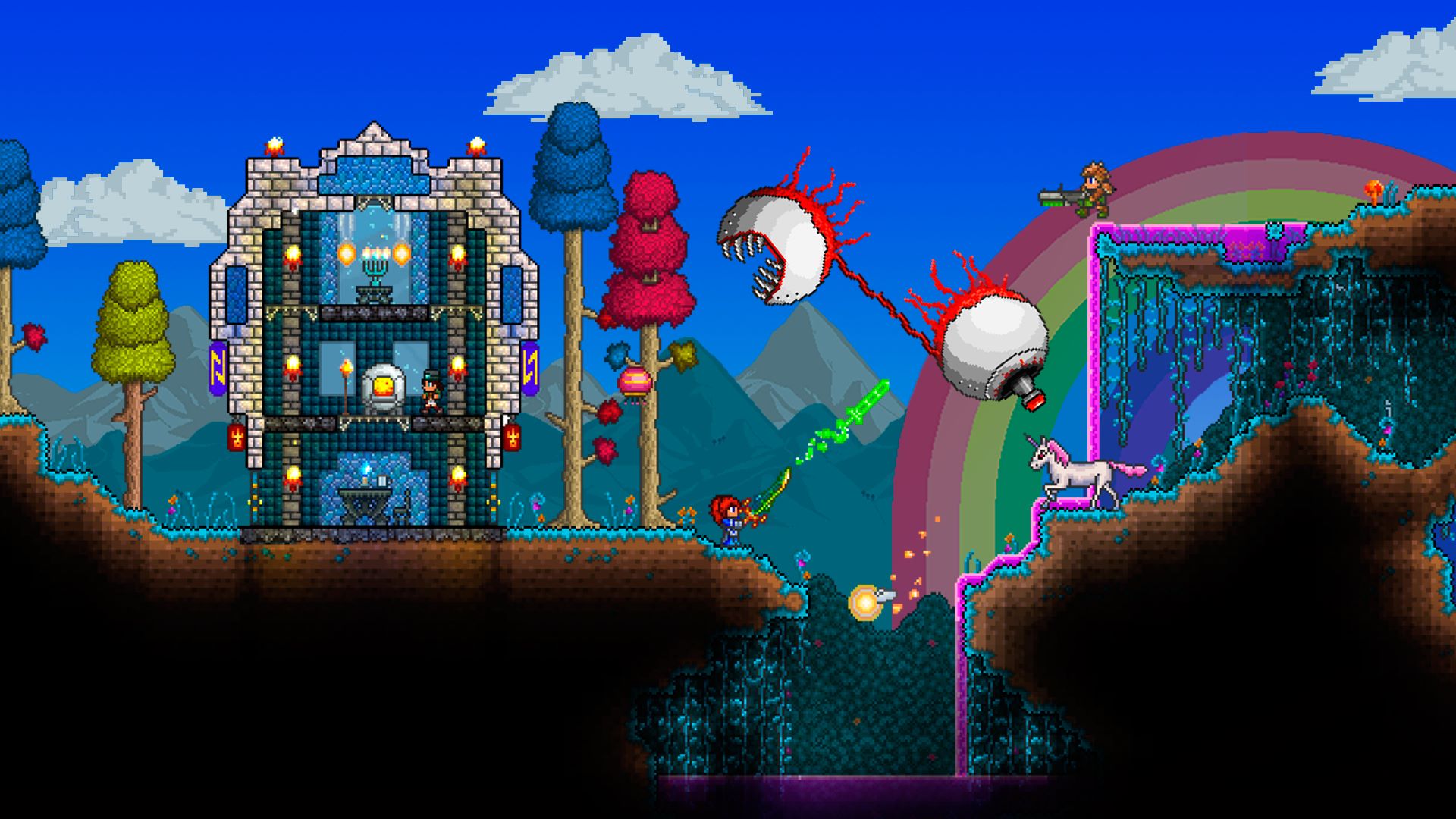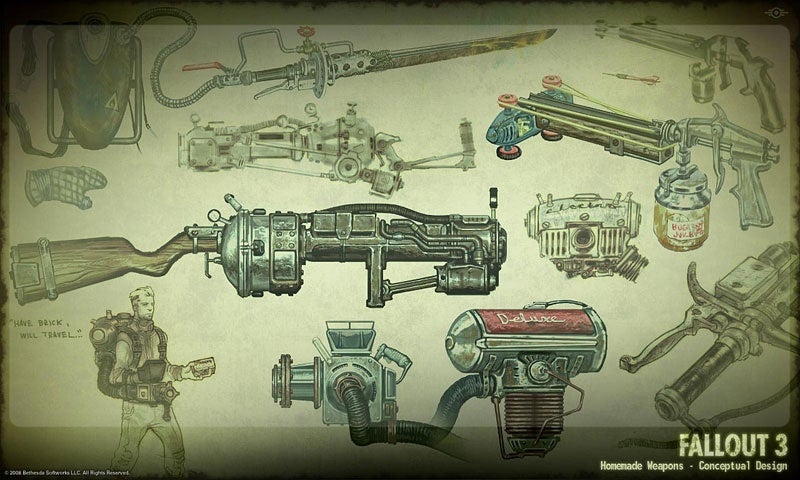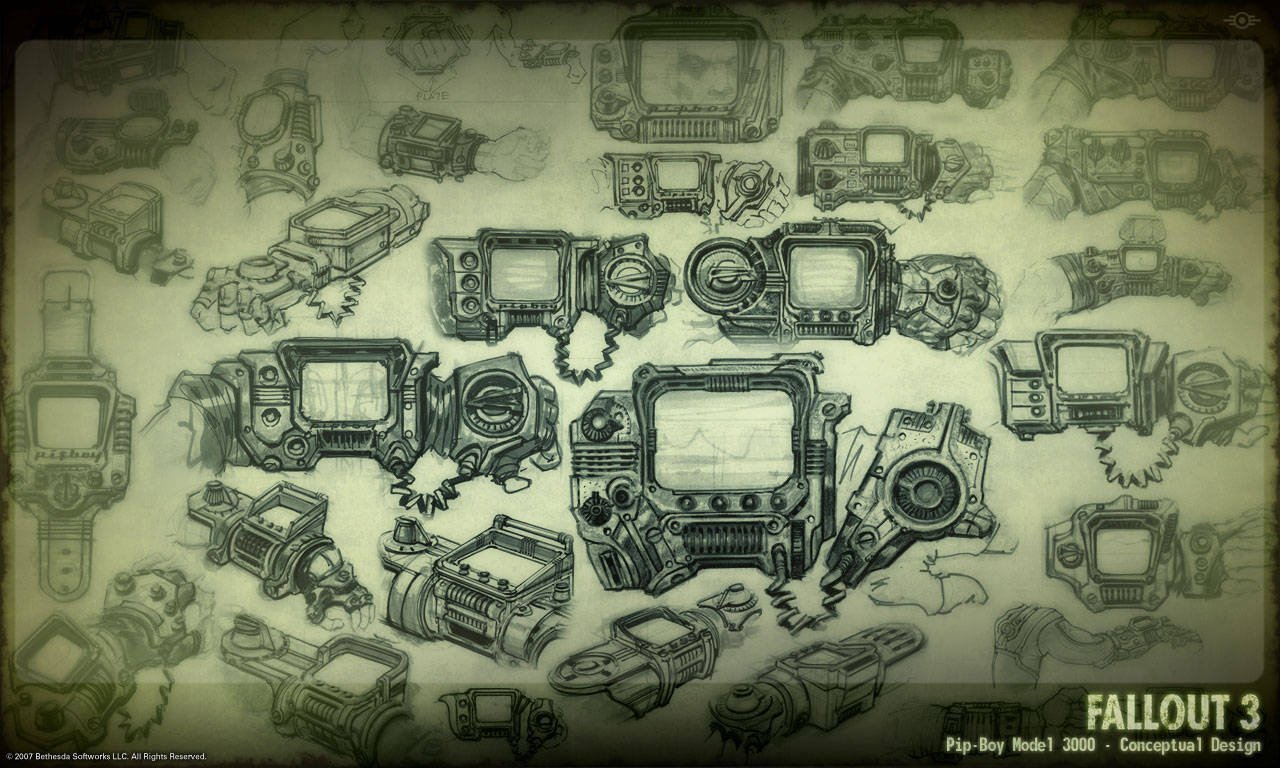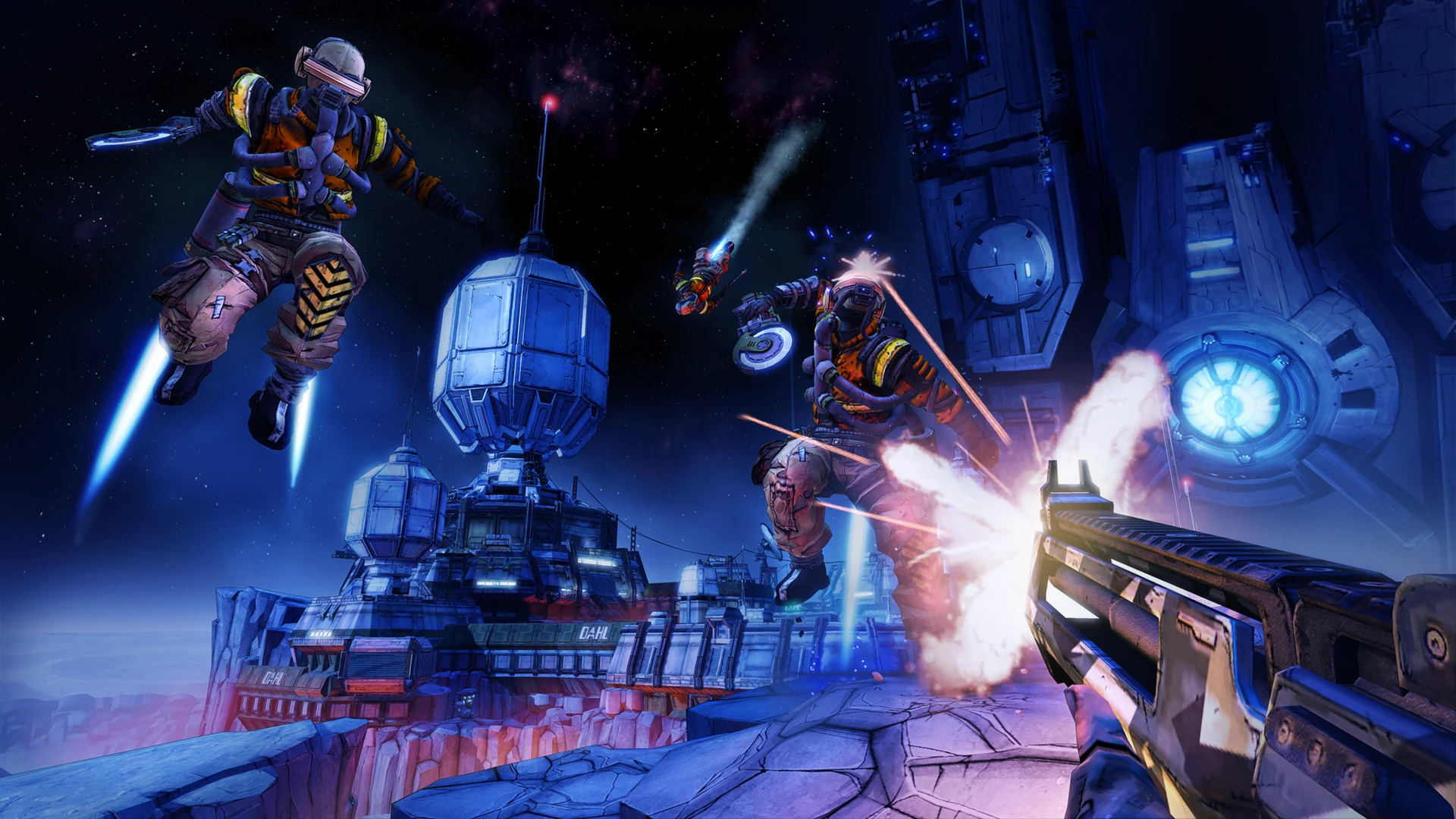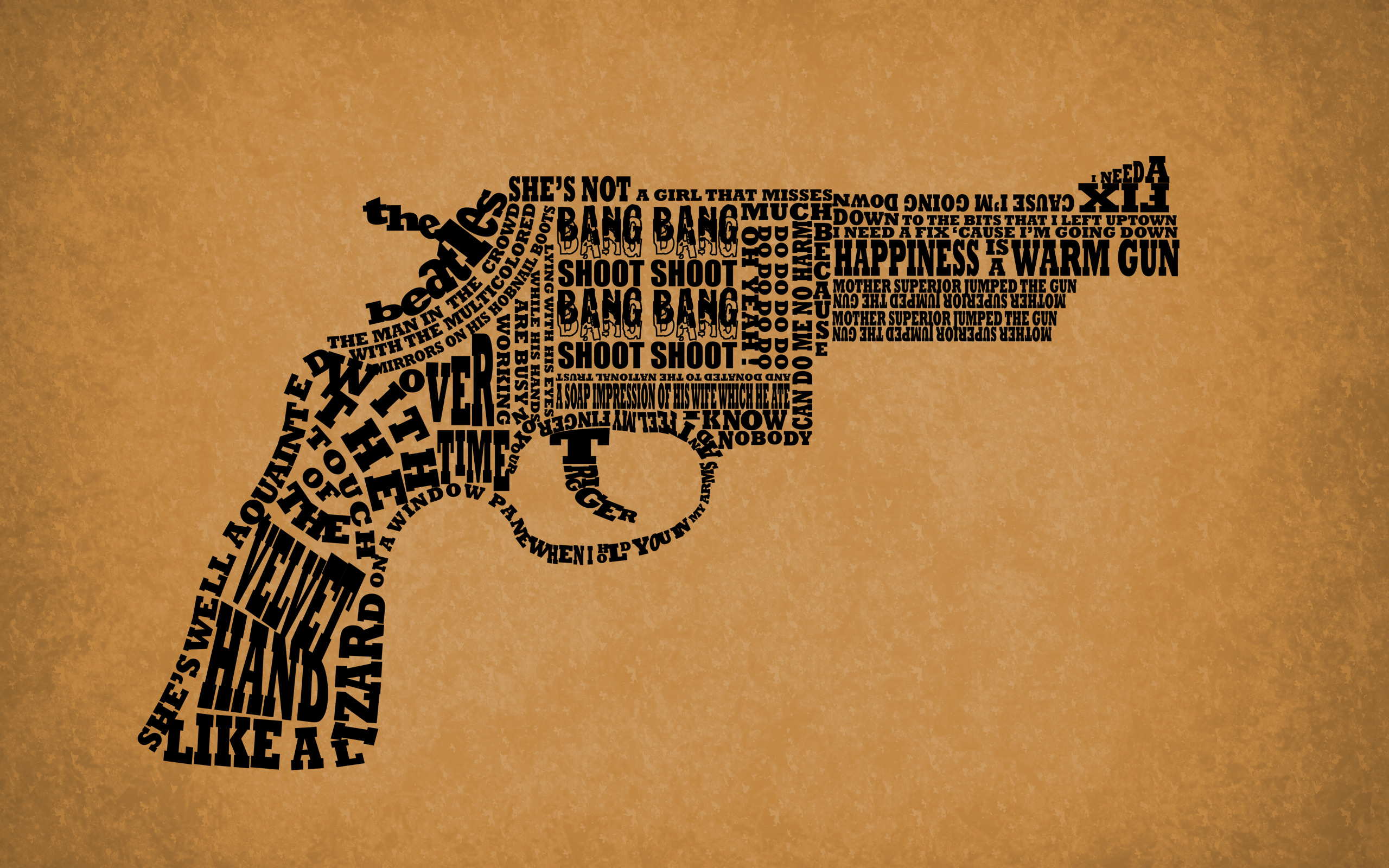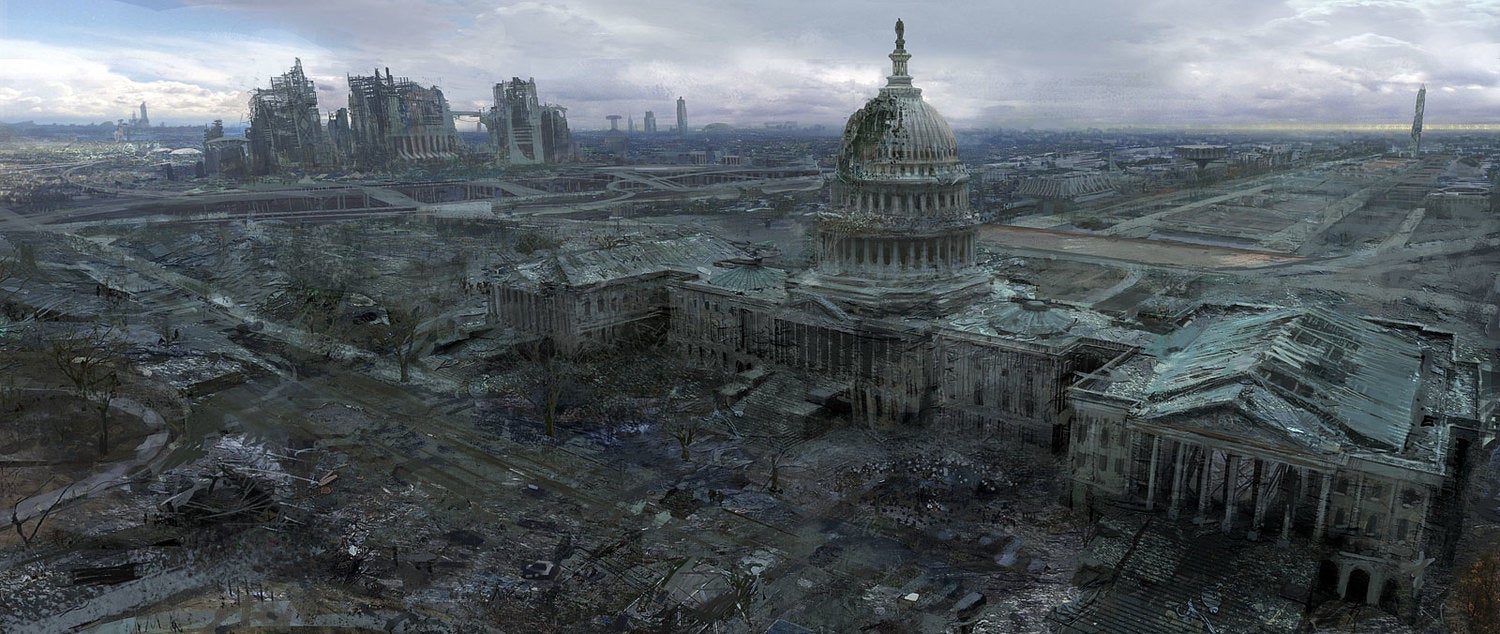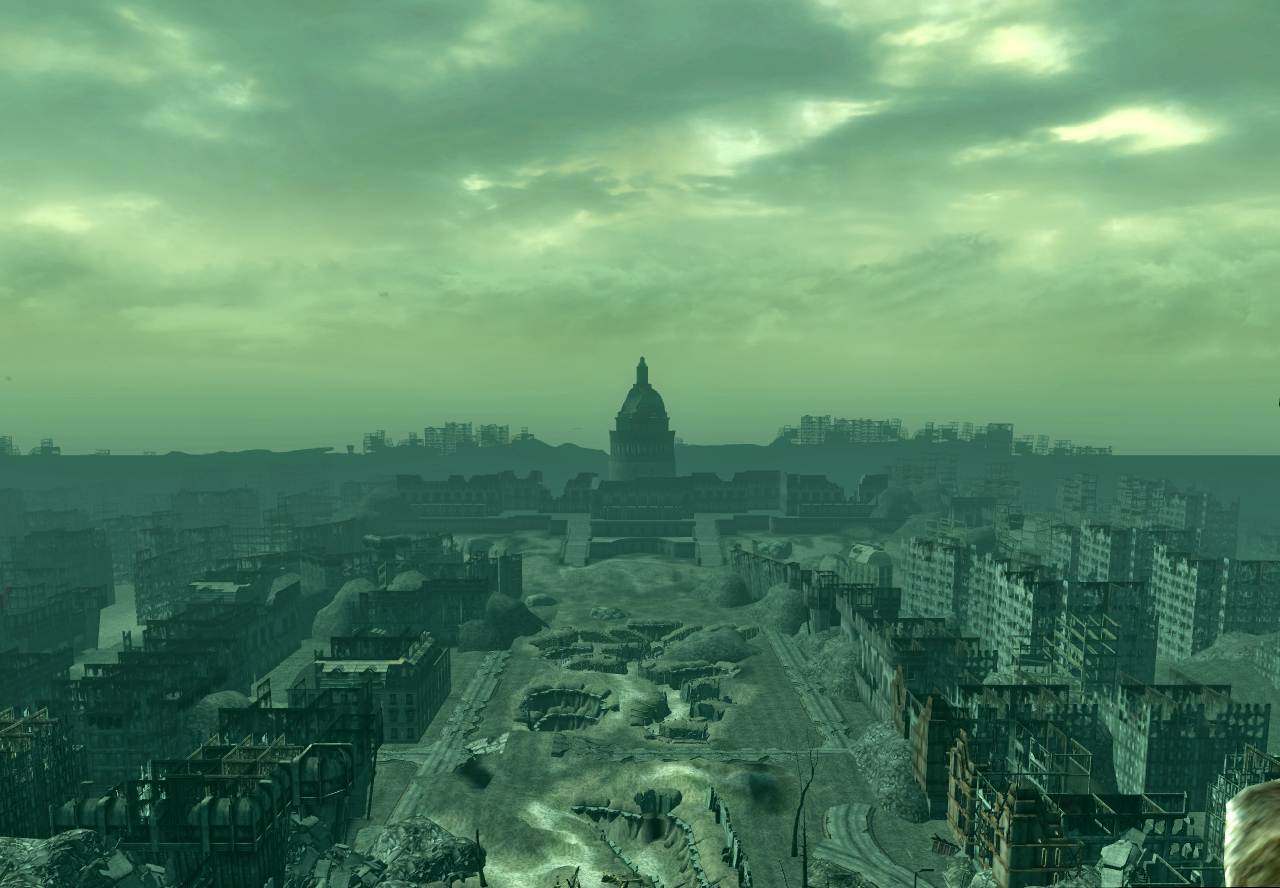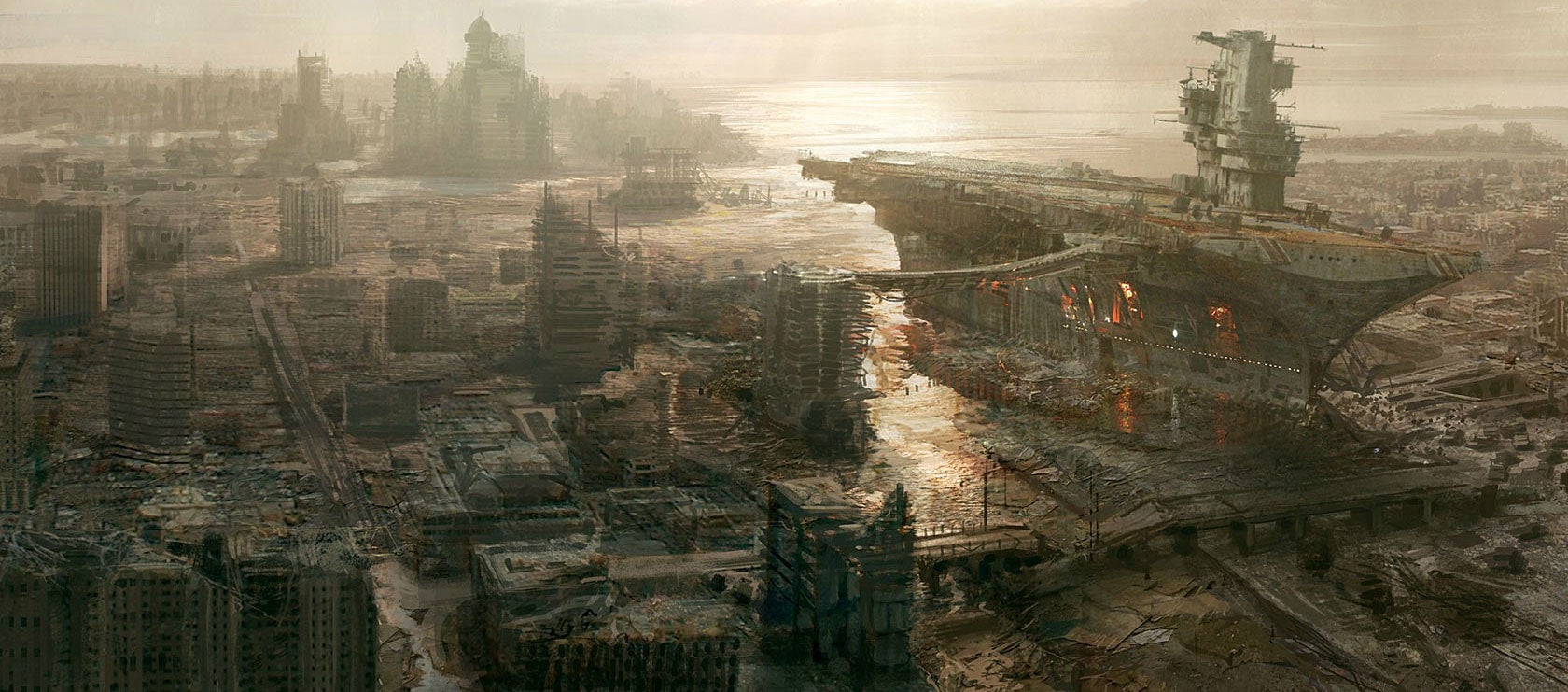Student name: Noel Pells
Qualification: BTEC Extended Diploma in Computer Games Design
Unit number and title: Unit 1: Pre-Production Techniques for the Creative Media Industries
Introduction
Before you can begin developing a game, you need to make sure you have the correct resources e.g. personnel, the correct amount of money, the right amount of time to complete the game etc. Pre-production is important because if you rush into a project, you will most likely experience many hold-ups and bumbs along the way, making development very difficult. If you plan beforehand, you will be able to develop the game efficiently, and everyone working on the game will have a clear idea as to what they're doing.
Finance
It's very important to find out roughly how much a game is going to cost before development starts. You need to make sure you have PC's with the correct specs and software, console dev kits (if you're designing a console game,) and you need to find out the cost of publishing.
Software & Hardware
Software is stuff you need on your PC to be able to develop a game.
UDK (Unreal Development Kit)
The latest version of the Unreal Engine (Unreal Engine 4) is now free. So everyone can use it.
UE4 PC
specs:
OS:
Windows7/8 64 Bit
CPU: Quad
Core AMD or Intel, 2.5GHz or higher
GPU: Direct
X 11 compatible graphics card
Memory: 8 GB
RAM
Unity
Unity is an extremely popular engine. Unity can be downloaded for free, but to
access all the features a $75 per month subscription is required. You can also
buy assets for your game from the asset store.
Unity PC
specs for development (taken from the unity website):
OS: Windows XP SP2+, 7 SP1+, 8, 10; Mac OS X
10.8+.
GPU: Graphics card with DX9 (shader model 2.0)
capabilities. Anything made since 2004 should work.
Additional platform
development requirements:
·
iOS: Mac computer running minimum OS X 10.9.4 version and Xcode 6.x.
·
Android: Android SDK and Java Development Kit (JDK).
·
Windows 8/8.1 Store Apps / Windows Phone 8/8.1: 64 bit Windows 8.1 Pro
and Visual Studio 2013 Update 2+.
·
WebGL: Mac OS X 10.8+ or Windows 7 SP1+ (64-bit editor only)
Game Maker:
Game Maker can be downloaded for free, however it's features are quite limited. If you're going to be developing a big game with Game Maker, it would be better to buy a different version. A professional version is available for $149.99, and a master version is also available for $799. Game Maker is quite easy to run and most modern PC's should be able to run it.
Maya
Maya is used
for animation, and is very expensive. For a monthly subscription its £145,
quarterly is £365 and annually is £1,160.
Maya PC
specs (taken from the Maya website):
Software
|
|
Operating System
|
·
Microsoft® Windows® 7 (SP1)
and Windows® 8.1 Professional operating system
·
Apple® Mac OS® X 10.9.5 and
10.10.x operating system
·
Red Hat® Enterprise Linux®
6.5 WS operating system
·
CentOS 6.5 Linux
operating system
|
Browser
|
Autodesk recommends the latest version of the following web browsers
for access to online supplemental content:
·
Apple® Safari® web browser
·
Google Chrome™ web browser
·
Microsoft® Internet Explorer®
web browser
·
Mozilla® Firefox® web browser
|
Hardware
|
|
CPU
|
64-bit Intel® or AMD® multi-core processor
|
Graphics Hardware
|
Refer to the recommended hardware wizard for a detailed list of
recommended systems and graphics cards
|
RAM
|
4 GB of RAM (8GB recommended)
|
Disk Space
|
4 GB of free disk space for install
|
Pointing Device
|
Three-button mouse
|
For Shape Man I will not need to manage finances. I have a good PC that can run all the software that I need, and I am able to access the software I need.
Publishing
Games can be
published via a variety of services, some of these are Steam Greenlight,
ID@Xbox, PSN, IOS and Android.
Steam
Greenlight
To post
games on Steam Greenlight, you have to pay a fee of £70.
ID@Xbox
The
developer of the game “Sixty Second Shooter Prime” revealed the how much is
cost to make the game.
- · Maintaining the Sixty Second Shooter URL: $19
- · Sending the second dev kit to Brett Douville: $63
- · Hardware (usb and video cables and the like): $72
- · Video capture device (for making trailer): $181
- · Localization (French, Spanish, Italian, Portuguese): $729
- · E&O (Error & Omissions) Insurance: $2,037
- · Foreign ratings boards (PEGI, USK): $2,042
- The total cost of the project was $5,143
Info from: http://www.escapistmagazine.com/news/view/136523-How-Much-Does-an-ID-Xbox-Game-Cost-to-Make-5-000
PS4
A PS4 dev kit is about $2,500, but some developers have said that Sony give them out to developers for a free for a period of one year.
Funding
Funding is how you pay for your game. You can pay for the development of the game yourself (self-financing) but there are also different ways where other people can contribute.
Indie Funding
Indie funding is when a developer (or developers) pay for a game themselves and continue working their daily job and develop a game in their spare time. If their game is successful they can quit their job and develop games full time, however if the game is unsuccessful, they will continue to work their normal job while developing a new game.
There are different types of indie funding, and example is the Indie Fund. This helps developers with their financing/funding for the development of their game.
Crowd Funding
Crowd funding takes place on websites such as IndieGoGo, and allows people to post their ideas/start a campaign, and anyone that is interested can give money that goes towards to development of the product. Crowd funding is good for projects with a big budget, as millions of pounds can be donated.
Grants
A grant is a certain amount of money that a company gives you to help develop something. And example of a grant is the Unreal Dev Grant. The makers of the Unreal Engine give money to people who have innovative ideas for games/anything made in UE4.
Time Constraints
When developing a game it is very important to keep track of your deadlines and manage you time wisely and efficiently.
Deadlines
A deadline is a date when the product you are developing needs to be completed or has reached a certain milestone. If you're developing smaller indie games, it's a good idea to set yourself strict deadlines and stick to them because it will help prepare you for the deadlines you may be issued when working in a proper development company. If deadlines aren't met the development of the game could go on for much longer or stop completely.
Availability of Equipment & Personnel
When developing a game you need to make sure your schedule fits with everyone else's (if you're working in a team.) And if you're renting equipment you need to make sure you've finished with it before you have to return it. If you can't get the equipment back and need it to develop a certain part of the game, the development of the game is going to slow down. This may also interfere with deadlines.
Timescales for Clearances
When the development for the game is done, if will need to be checked by other people (for example the ESRB.) So it can be given an age rating etc.
How Would I Manage My Time?
For the game I am creating with Wayne, "Shape Man," I am not really managing my time in a certain way, I am just doing a bit each lesson. However, if I was to manage my time in a more professional way I would do a little bit each day and set deadlines. For example, I would try to finish all the sprites and animations by this day, and finish putting in the sound effects by that day. Doing this would mean that I am organised and I wouldn't get mixed up with what I am doing. I would also probably have more free time because I would have a clear idea as to when I need to finish certain parts of the game. I will also not be borrowing any equipment as the whole project will be done using Game Maker. And of course it's not a proper game that is going to be published so timescales for clearances doesn't apply to this.
Personnel
There are many different types of roles in the video game industry. A development team needs these roles so the game can be developed faster and more efficiently.
To make Shape Man I will only be using Game Maker, which I have access to pretty much all the time. I can access it at school and on my PC at home.

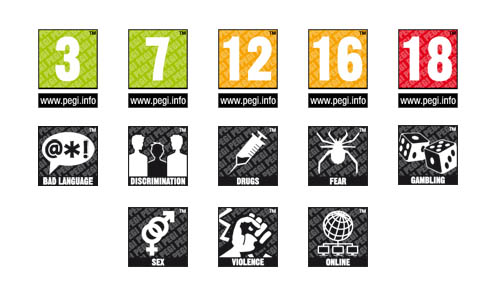
Crowd Funding
Crowd funding takes place on websites such as IndieGoGo, and allows people to post their ideas/start a campaign, and anyone that is interested can give money that goes towards to development of the product. Crowd funding is good for projects with a big budget, as millions of pounds can be donated.
Grants
A grant is a certain amount of money that a company gives you to help develop something. And example of a grant is the Unreal Dev Grant. The makers of the Unreal Engine give money to people who have innovative ideas for games/anything made in UE4.
Time Constraints
When developing a game it is very important to keep track of your deadlines and manage you time wisely and efficiently.
Deadlines
A deadline is a date when the product you are developing needs to be completed or has reached a certain milestone. If you're developing smaller indie games, it's a good idea to set yourself strict deadlines and stick to them because it will help prepare you for the deadlines you may be issued when working in a proper development company. If deadlines aren't met the development of the game could go on for much longer or stop completely.
Availability of Equipment & Personnel
When developing a game you need to make sure your schedule fits with everyone else's (if you're working in a team.) And if you're renting equipment you need to make sure you've finished with it before you have to return it. If you can't get the equipment back and need it to develop a certain part of the game, the development of the game is going to slow down. This may also interfere with deadlines.
Timescales for Clearances
When the development for the game is done, if will need to be checked by other people (for example the ESRB.) So it can be given an age rating etc.
How Would I Manage My Time?
For the game I am creating with Wayne, "Shape Man," I am not really managing my time in a certain way, I am just doing a bit each lesson. However, if I was to manage my time in a more professional way I would do a little bit each day and set deadlines. For example, I would try to finish all the sprites and animations by this day, and finish putting in the sound effects by that day. Doing this would mean that I am organised and I wouldn't get mixed up with what I am doing. I would also probably have more free time because I would have a clear idea as to when I need to finish certain parts of the game. I will also not be borrowing any equipment as the whole project will be done using Game Maker. And of course it's not a proper game that is going to be published so timescales for clearances doesn't apply to this.
Personnel
There are many different types of roles in the video game industry. A development team needs these roles so the game can be developed faster and more efficiently.
Animator
Animators are the people that animate characters and objects. E.g. they give a character a walking animation.
Assistant Producer
Assistant producers make sure that the game is ready on time.
Audio Engineer
Audio Engineers create the games soundtrack, sound effects etc.
Creative Director
The Creative Director is responsible for how the game looks and feels as a whole.
External Producer
External Producers work externally from the main dev team and make sure that the delivery of the completed game is successful.
Game Designer
The Game Designer manages the way the game plays and its core mechanics/features.
Game Programmer
A Game Programmer types up the code that allows the game to function properly.
Game Artist
A Game Artist draws concept art and designs the look of the characters, world etc.
Lead Artist
A Lead Artist is responsible for the overall look of the game.
Lead Programmer
The Lead Programmer keeps the programming team in check and is responsible for all the games code.
Level Editor
Level Editors design the levels and are responsible for the placement of buildings and scenery etc.
Marketing Executive
A Marketing Executive promotes the game and raises peoples awareness of it.
Marketing Manager
A Marketing Manager also promotes the game and tries to make more people aware of it (use of ads etc.)
Product Manager
Product Managers create marketing campaigns which make more people aware of the game and could potentially boost sales.
Project Manager/Producer
A Project Manager/Producer makes sure that the game is successfully delivered.
Public Relations Officer
Is in charge of a companies image and reputation.
QA Tester
A QA Tester tests the game and find bugs/glitches. They also make sure the game is as playable as possible and is fit to be released to the public.
Technical Artists
Technical Artists work between the artists and the programmers.
Personnel for Waynes game (Shape Man)
I am making shape man on my own, so there won't really be specific roles assigned for the project.
Equipment and Facilities
The equipment and facilities needed to make a game depends on the games budget and how big the game is going to be. A small team making a 2D indie game will have a smaller team, and will probably use less demanding software like Game Maker. This means that they wont need to spend as much money on PC's and software.
Big teams making triple A games will need powerful PC's to be able to run animation and rendering software, and things like motion capture/voice recording equipment will be needed also.
To make Shape Man I will only be using Game Maker, which I have access to pretty much all the time. I can access it at school and on my PC at home.
Materials
Materials are things used to make the game, some examples of materials are:
Concept art: Lots of different drawings/ideas that are drawn. The best ones are put into the game.
Assets: Assets are things used in the game world. Assets can be created by the developers themselves or bought from places like the Unity store.
Audio: For big games, original sound effects are usually used. However, there are websites such as Freesound.org that have free sounds for people to use.
Materials made by other people must be used under creative commons, and credit must be given to the creator in the game.
For Shape Man I will be creating my own assets using Game Maker. I could also use software like Photoshop and MS Paint if I wanted to. For the audio I will probably use sounds from freesound.org or any site that is similar.
For Shape Man I will be creating my own assets using Game Maker. I could also use software like Photoshop and MS Paint if I wanted to. For the audio I will probably use sounds from freesound.org or any site that is similar.
Contributors
People outside the development team may be needed. A good example of a contributor would be an actor, and a game that uses actors is Call of Duty. The most recent COD game included the well known actor Kevin Spacey, who played the part of Jonathan Irons.

Codes of Practice
When a game is finished, it needs to be checked by external companies to make sure it is fit to be sold. An example of a well known company is PEGI (Pan European Game Information.) PEGI give video games age ratings and put labels on the packaging which let people know what is included in the game. E.g. fear, violence etc.




